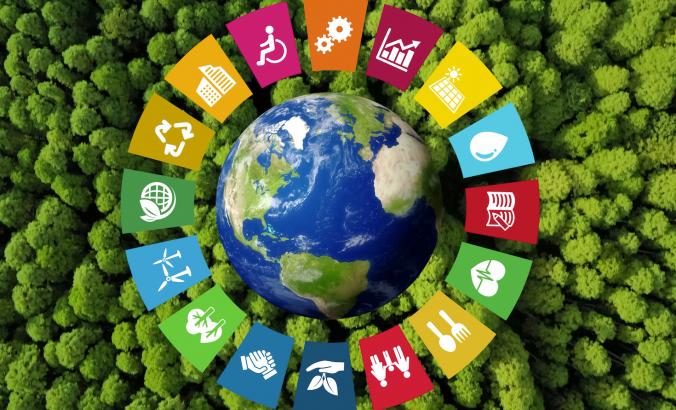
SHILLONG: Chief Minister of Meghalaya Conrad K Sangma, who is also the Minister of Finance in the Government of Meghalaya, presented the state’s budget for the fiscal year 2022-23 on Wednesday, March 9. He tabled a Rs 1849 crore deficit budget in the Legislative Assembly of Meghalaya, wherein no additional taxes were proposed. In a leading initiative, the budget proposed a separate section on funding for sustainable development goals.
CM Sangma announced that the state government has made fundamental changes in the budgeting system by doing away with the plan and non-plan estimates. This change is in line with the practices of the Government of India. The budget has estimated a total receipt of Rs 18,700 crore, which includes borrowing of Rs 2632 crore. The estimated Gross State Domestic Product for 2022-23 has been pegged at Rs 41,010 crore.
Out of the total estimated expenditure of Rs 18,881 crore, the budget has assigned Rs 9182 crore for work on various SDG indicators. The state has allocated Rs 60 crore for the ‘Meghalaya Health Systems Strengthening Project’ to strengthen the state’s infrastructure for health and education. Stating that tourism is one of the sectors that can generate employment on a large scale, budget announced allocation of Rs 173 crore for tourism. Two major eco-tourism projects at a cost of Rs 1450 crore are already underway in the state. The state government is also planning to introduce electric buses and e-buggies at major tourist attractions to enhance the ease of movement and promote low-impact tourism.
The budget allocated Rs 10 crore towards the ‘Meghalaya Youth Policy’ which will involve engagement and training of youth in 10,000 soft skills. Additional Rs 10 crore have been allocated to ‘Skills Meghalaya’ programme, under which one lakh youth will be trained in various skills for both wage and self-employment in the local economy in the next five years. The CM commented that the government is determined to propel Meghalaya into the league of top 10 states in India by the end of the decade and that the budget creates the pathways for achieving it.

